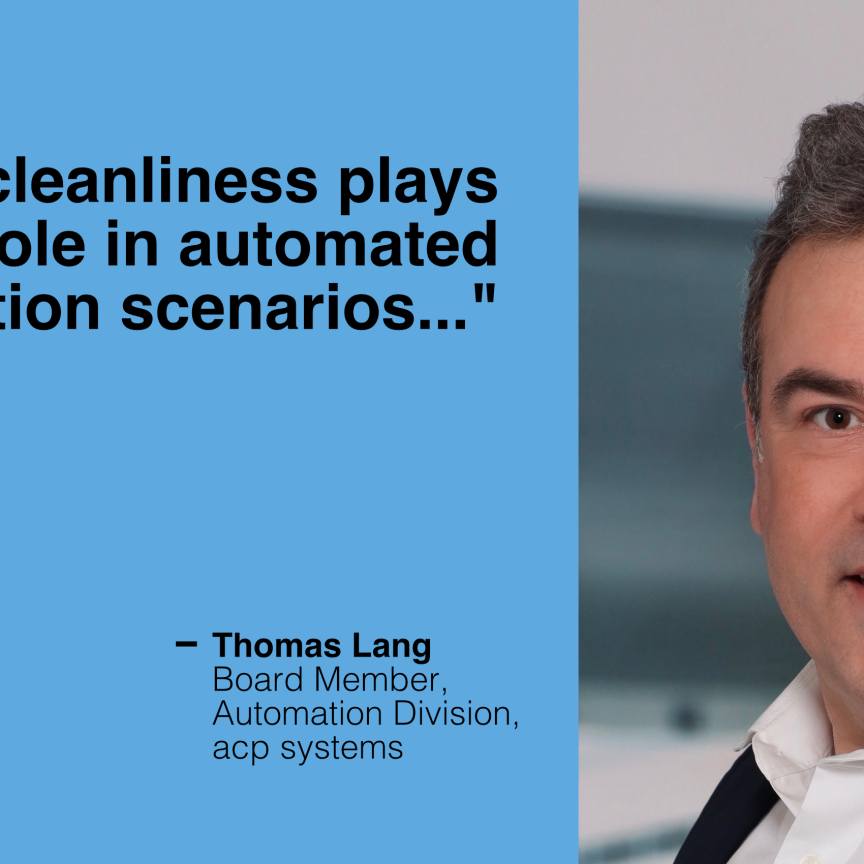Italian firm Electronic Systems has upgraded its web inspection systems to GigE Vision interfaces in order to adapt to changing customer requirements.
Based in Momo in the province of Novara, Electronic Systems builds inspection machines for webs of material such as paper, rubber or any kinds of plastic foil for food or other packaging purposes, as well as non-woven materials.
The company’s current generation of inspection systems works with line scan cameras at a maximum speed of 24kHz on the line when four cameras are installed. They are able to control 100 per cent of the material produced, detecting and showing any defects.
The company used to equip their inspection systems with Camera Link, but recently has switched to GigE Vision. Carlo Rizzo, inspection systems manager at Electronic Systems, explained why: ‘A typical web inspection system is two to three metres wide which is doable with Camera Link. However, we also equip systems that are up to six metres wide and that is too long for Camera Link cables, as we don’t want to place the control unit cabinet so close to the production line to avoid heat and dust contamination. Therefore we switched entirely to GigE Vision and are now able to place the control cabinet wherever the customer wants it.’
This argument is very important as more flexibility in positioning can mean a longer life for the control unit cabinet.
The cameras output data to Tattile’s multi-camera vision controller, M100 GigE, which has an encoder and a full set of I/O. One of the M100’s six GigE ports is used to interface with the production line, in order to follow the speed of the line, while a second connects with the LED lighting system.
Inspection usually takes place in the middle of the production line and then needs to trace defects until the end of the line.
In some cases the inspection system needs an accumulator on very long machines in order to follow the movement of the web and the inspection position, which is why in that application two encoders are needed. The first encoder is connected to the encoder port of the M100; the second one is connected to a normal input phase.
Rizzo commented: ‘Our control cabinet is now practically empty as everything takes place inside the M100.’

